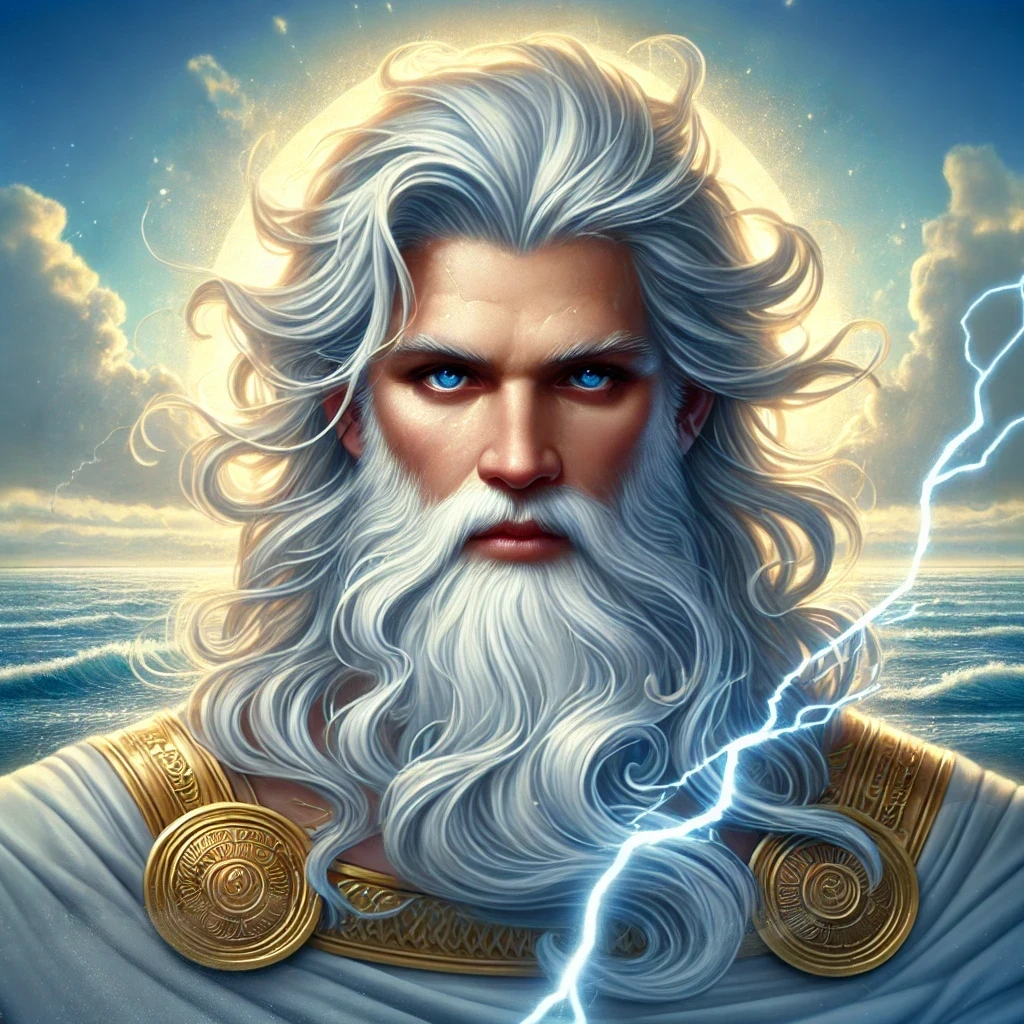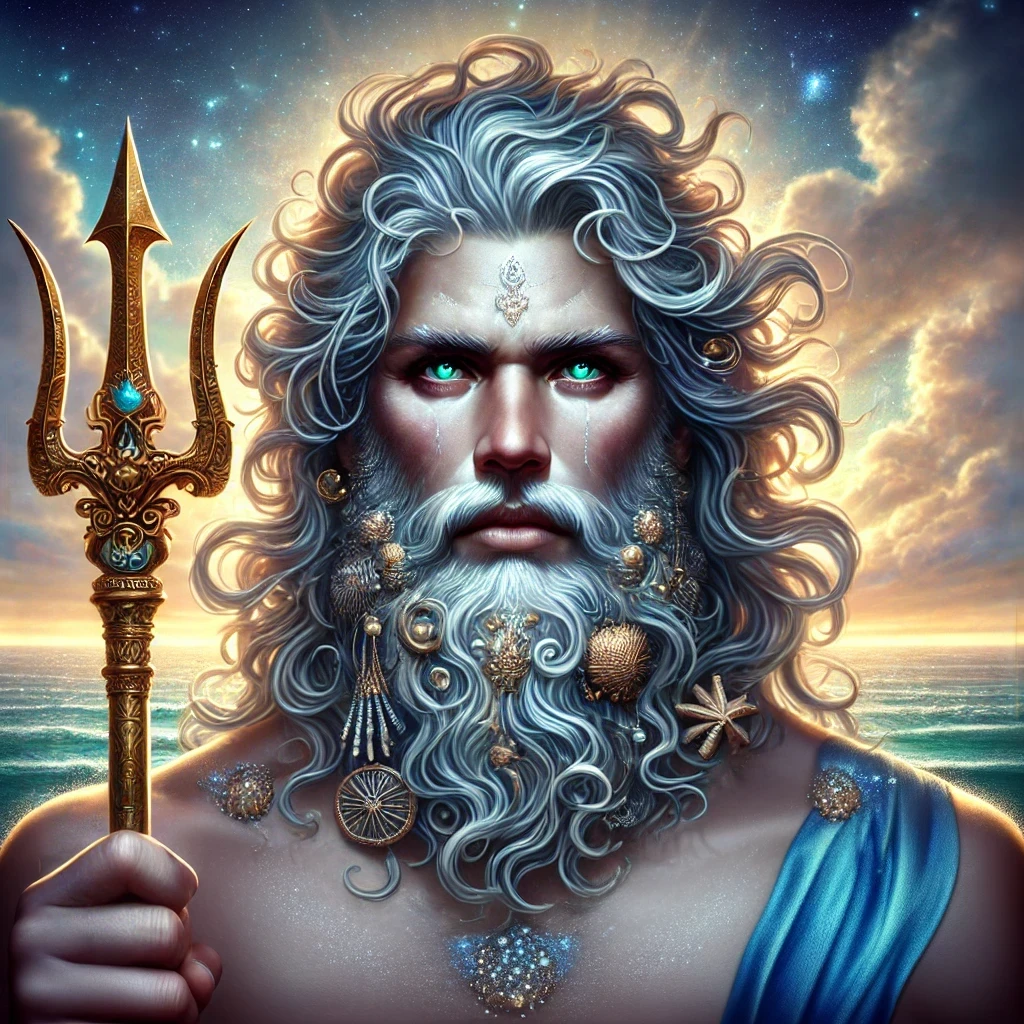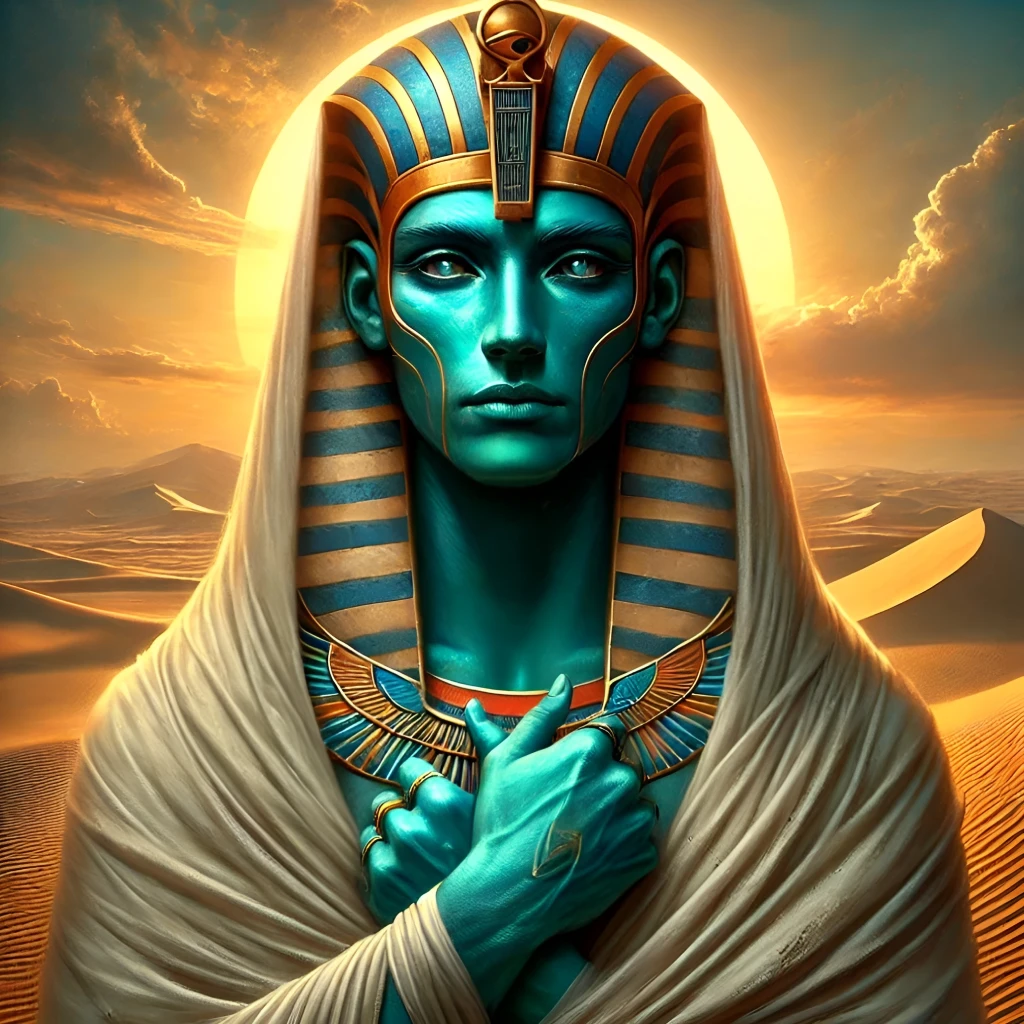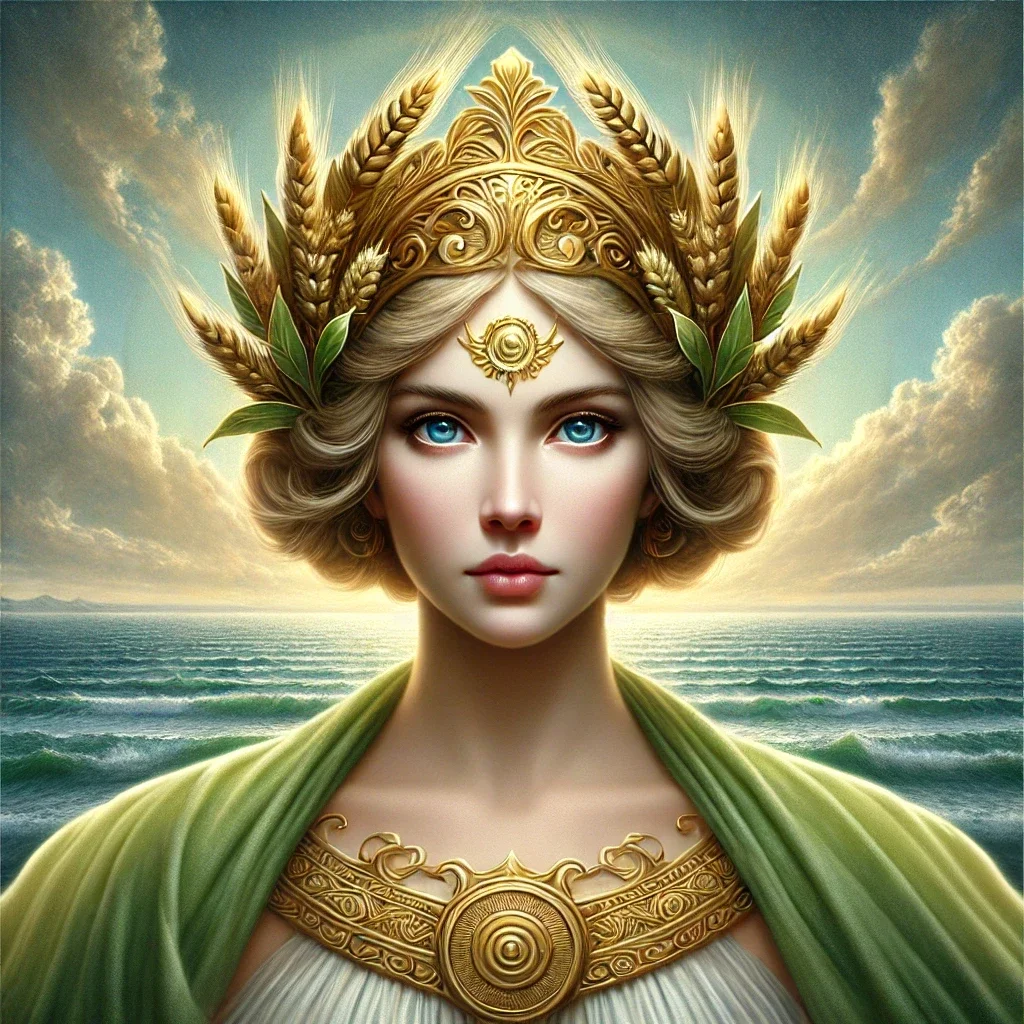Zeus, the king of the Greek gods, is one of the most iconic and enduring figures in mythology. Revered as the god of the sky, thunder, and justice, Zeus occupies a central place in ancient Greek religion and mythology. His stories, deeply embedded in the fabric of ancient Greek culture, continue to captivate modern audiences with their themes of power, morality, and the dynamics of divine and human relationships. This article explores Zeus’s historical and cultural significance, key myths, symbolism, worship practices, and his relationships within the pantheon.
Historical & Cultural Background
Zeus emerged as a principal deity in ancient Greek religion during the early Mycenaean period (1600–1100 BCE) and remained significant through the classical period and beyond. His origins trace back to the Proto-Indo-European sky god Dyeus, whose influence is evident in other mythologies, such as the Roman Jupiter and the Hindu Dyaus Pitar. In Greek tradition, Zeus became synonymous with divine authority, justice, and natural order.
Evolution of Worship
- Mycenaean Period: Early worship of Zeus focused on his role as a sky god. Archaeological finds at sites like Knossos indicate offerings to a deity named “Diwos,” a precursor to Zeus.
- Classical Period: By this era, Zeus was firmly established as the ruler of Mount Olympus, presiding over a pantheon of gods. Temples dedicated to Zeus, such as the Temple of Zeus at Olympia, became major cultural and religious centers.
- Hellenistic & Roman Periods: The spread of Hellenistic culture through Alexander the Great’s conquests and later Roman adoption of Zeus (as Jupiter) ensured his enduring legacy.
Myths & Legends
Zeus is at the heart of many foundational Greek myths, often showcasing his power, cunning, and occasionally his flaws. His stories reflect complex relationships with gods, mortals, and nature.
Key Myths
- The Titanomachy: Zeus’s rise to power began with his rebellion against the Titans, led by his father, Cronus. With the help of his siblings and the Cyclopes, Zeus overthrew Cronus, establishing a new divine order.
- Prometheus and Fire: In one of his most famous tales, Zeus punished Prometheus for stealing fire to give to humanity, demonstrating his authority and the delicate balance between gods and mortals.
- The Abduction of Europa: Zeus often pursued mortal women, and his transformation into a bull to abduct Europa is one of the many stories highlighting his shape-shifting abilities.
- The Trojan War: Zeus played a critical role in the events leading to and during the Trojan War, often mediating or manipulating the actions of gods and mortals.
Symbolism
Zeus embodies numerous symbolic elements that underline his divine authority and natural dominion.
Key Symbols
- Thunderbolt: The thunderbolt, forged by the Cyclopes, is Zeus’s most recognizable symbol, signifying his power over the sky and storms.
- Eagle: Representing strength and supremacy, the eagle was Zeus’s sacred animal, often depicted by his side.
- Oak Tree: The oak, associated with strength and longevity, was sacred to Zeus, particularly at Dodona, where priests interpreted the rustling of its leaves as divine messages.
- Throne: As the king of the gods, Zeus is often depicted seated on a grand throne, symbolizing his supreme authority.
Associated Objects, Animals, or Plants
Sacred Elements
- Objects: Aside from the thunderbolt, Zeus’s aegis (a protective cloak or shield) represents his role as a defender of justice and order.
- Animals: The eagle and bull frequently appear in myths and art as symbols of Zeus’s might and virility.
- Plants: The oak tree’s significance ties to Zeus’s oracle at Dodona, one of the oldest religious sites in Greece.
Powers and Attributes
Zeus’s powers make him a multifaceted deity whose influence extends across various domains.
Notable Powers
- Control of Weather: As the god of the sky, Zeus wields control over thunder, lightning, rain, and storms.
- Divine Authority: Zeus serves as the enforcer of justice and the guarantor of oaths, ensuring harmony among gods and mortals.
- Shape-Shifting: Zeus’s ability to transform into animals or other forms demonstrates his cunning and adaptability.
- Protector: Zeus safeguards hospitality (xenia), punishing those who violate its sacred laws.
Worship Practices & Rituals
Zeus’s worship was widespread across Greece, with rituals and festivals emphasizing his role as protector and king.
Major Sites and Festivals
- Olympia: The Temple of Zeus at Olympia housed a monumental statue by Phidias, one of the Seven Wonders of the Ancient World. The Olympic Games, held in his honor, celebrated athleticism and unity.
- Dodona: Known for its oracle, Dodona was a major site where devotees sought Zeus’s guidance through interpretations of the sacred oak’s rustling leaves.
- Diasia Festival: This Athenian festival involved sacrifices and offerings to Zeus as a weather god.
- Hecatomb Rituals: Large-scale animal sacrifices (often 100 bulls) were conducted at major sanctuaries to honor Zeus.
Connections to Other Deities
As the head of the Greek pantheon, Zeus maintained intricate relationships with other gods and goddesses.
Key Relationships
- Hera: Zeus’s wife and queen, Hera often clashed with him over his infidelities.
- Poseidon and Hades: His brothers, who ruled the sea and the underworld respectively, shared governance of the cosmos with Zeus.
- Athena: Born from Zeus’s head, Athena symbolizes wisdom and is often favored by her father.
- Aphrodite: Though not directly related, Aphrodite’s role in myths often intersects with Zeus’s decisions and actions, particularly in matters of love and conflict.
- Hephaestus: Zeus’s son, who forged many divine artifacts, including the thunderbolt.
Interesting Facts & Curiosities
- The ancient Greeks believed Zeus’s birthplace was either Mount Ida in Crete or Mount Lykaion in Arcadia.
- The statue of Zeus at Olympia was made of ivory and gold, standing 12 meters tall.
- The term “Zeus’s bolt” became synonymous with sudden, decisive power.
- Zeus fathered numerous children, both divine and mortal, making him a central figure in countless myths.
- The phrase “By Zeus” was a common exclamation in ancient Greece, akin to modern oaths.
- Dodona’s oracle is one of the oldest in the Greek world, predating the more famous Oracle of Delphi.
- Despite his supreme authority, Zeus often faced challenges to his rule, reflecting the human-like drama of Greek mythology.
- The eagle, Zeus’s sacred bird, symbolizes vision and authority.
- The lightning bolt was not only a weapon but also a symbol of Zeus’s creative and destructive power.



